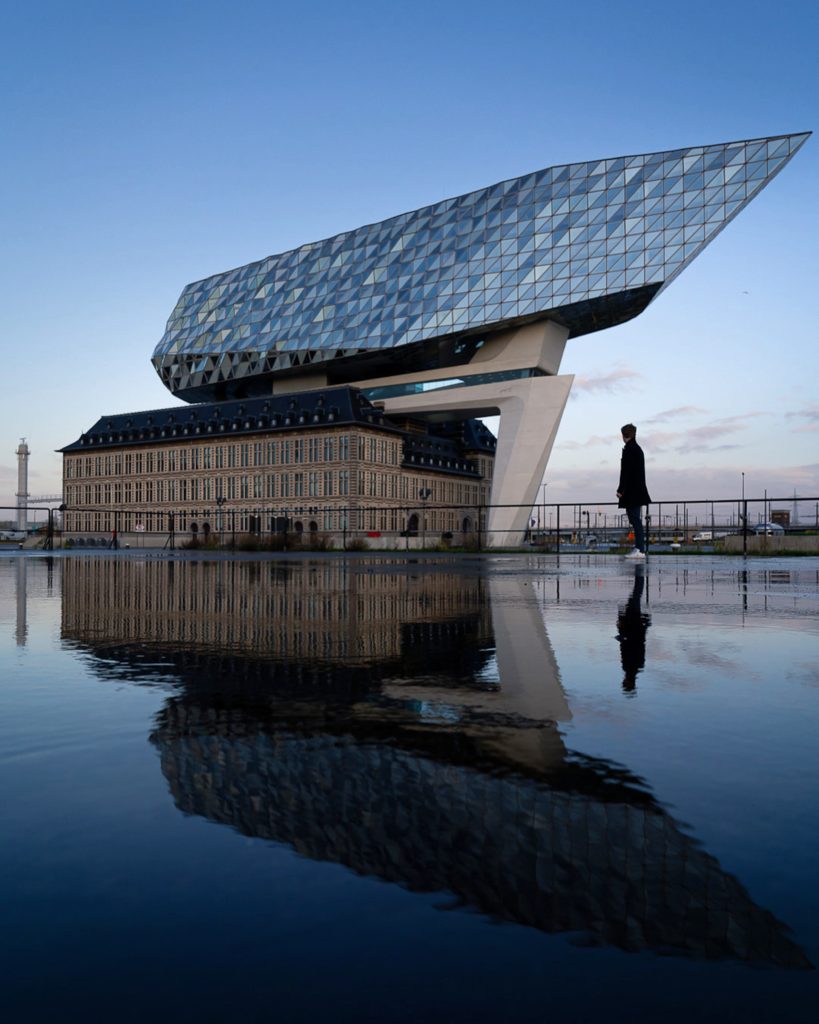This month we will be sharing content emphasizing ways to use summer to develop yourself. If you are a professional, summertime may not be the same, so we hope you can still utilize these while juggling everything else! We understand it may be difficult to juggle life, friends, and honing one’s craft, so please plan out your goals to avoid burning out!
Today’s topic will be discussing ways to add character to your designs! However, what does character mean? “Character” is a common word that many use to describe various things, but for a designer, it’s filled with nuances relating to the subject’s context. In this video, architectural designer and professor Stewart Hicks takes a close look at the meaning and origins of this elusive concept. Before we get started, let’s first define character using a fan favorite, Merriam Webster. One of many definitions; character is defined by a feature used to separate distinguishable things into categories. Ultimately, there are no right answers in architecture. There are better designs with character and style, for sure, but beyond the point of achieving practicality, the rest of the design is sometimes up to the designer’s discretion. Let’s talk about how you can formulate a style or character to apply to your designs after watching the video below!
Stewart Hicks is an architectural design educator that leads design studios and lecture courses as an Associate Professor in the School of Architecture at the University of Illinois at Chicago. He also serves as an Associate Dean in the College of Architecture, Design, and the Arts and is the co-founder of the practice, “Design With Company.”
Stewart discusses “character” in various ways, but I want to highlight and break down architectural theorist Quatremère de Quincy, who suggests three distinct ways to establish character: Essential, Distinctive, and Relative. Aligned with Quincy’s theory, I will be elaborating briefly on one architectural example for each category and ways that this project added style and/or character to the architectural design. Again, design is subjective. There is a plethora of architectural research and theory on this topic, so I implore you to do further digging to hone your craft if interested.
1. Essential Character
Stewart begins breaking down Quincy’s view of essential character by delivering words that have strong connotations, such as power or strength. Stewart elaborates further that essential character has a small association to primitiveness and is intuned with nature, emphasizing massive dimensionality and material qualities. A prime example of this is the Louvre Abu Dhabi, designed by Ateliers Jean Nouvel, which also uses cultural context to add character.

Although I’m sure there is thought to the sequential movement in this project, you already see a clear indication of the project’s massive dimensionality and materials emphasizing the unique canopy-like structure. There’s no trick; it’s clear and understandable what this project is about.
What does that mean for you? Take a step back and see if there your project has this quality. If not, do you want it to have essential character? There are times and places where architectural concepts excel when there is a contrasting duality, in this case, “primitiveness” versus sophistication.
2. Distinctive Character
The second aspect of character is distinctive. Quincy proposed that distinctive character describes the attributes that communicate function. This sounds familiar, doesn’t it? I’m sure you’ve heard this question many times, and sometimes, we ask ourselves this, too.
Does form follow function or function follow form?
There are times when architectural concepts must place an emphasis on function over form, and your design may be heading in this direction. A great example of a distinctive character is the Galleria Department Store designed by OMA! Though it may delineate from Quincy’s original thought, OMA focused on a specific function, movement, introducing a facet of distinctive character to this project.

3. Relative Character
The third aspect of character is relative. In essence, this aspect of architecture is portrayed when a project has originality, individuality, uniqueness, quirks, idiosyncrasies, or any other word that makes something stand out. However, this isn’t easily achieved as I make it out to be. In fact, it takes skill and a honed-craft to understand what was, to achieve what will be “unique.” Amazing examples of relative character are any Zaha Hadid’s projects or BIG’s project.

How could you improve your designs to have relative character? An important step is understanding, and to begin requires researching strong precedents that have solved or attempted to solve the same problem as you. In this prime example, Hadid architects developed relative character by going against the context of the site. However, it’s not just going against context, but the culmination of thought and decisions that led to this concept. It’s difficult and entirely up to your discretion how your architectural concept will go about capturing this characteristic since it’s more elusive than essential or distinctive character.
What do you think will happen when you begin to break down your design into these three categories during your conceptual stage of design? Although we inadvertently do this process since the first studio class, it’s important to remind ourselves to be conscious of details. We hope today’s article helped you begin to take steps towards adding an intrinsic value – character – to your designs.
Do you agree with Colin Rowe that the word “character” has been abused and misused too many times for it to have any value in discussion with designers? What about Stewart’s perspective on how character in architecture has died off in the 1950s? Let us know in the comments below! Sharing is caring! We hope to provide you with valuable insights and share them with someone who might find this useful. Make sure to follow our Youtube and Instagram for more content!

An interesting discussion is worth comment. I think that you should write more on this topic, it might not be a taboo subject but generally people are not enough to speak on such topics. To the next. Cheers
Thank you for the feedback! We will definitely consider this idea, but it is such a large and nuanced topic that one article won’t be enough!